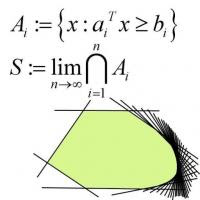- It is foolish to allow ourselves to be hypnotised by the disparity in the population ratios between Singapore and her neighbours. What counts is the fighting strength of the armed forces, not the size of the populations. ... After five years of conscription we can field an army of 150,000 by mobilising those on the reserve service. By using older persons and women for non-combatant duties we should eventually be able to field an army with a combat strength of 250,000 consisting of men between the ages of 18 and 35. The war-making potential of a small, vigorous, well-educated and highly motivated population should never be underestimated.
The message is clear. Where fighting strength matters, our NS-reservist system delivers. It is clear, however, that today fighting strength is not what matters. In the present-day military environment, having a technology edge and using it effectively is what creates a decisive edge.
Given that we do have a regional technology edge. The challenge is using it effectively. We need people to be well trained in the use of our systems. As such, there is scope to study a compression (and possibly reduction) of the reservist cycle.
The argument for compression is clear. Soldiers should not have huge gaps between the times they train with their equipment. To understand the case for reduction, note that it stands to reason that even with a full reservist cycle (in terms of the number of high-key and low-key call-ups), there will be a fall in proficiency over time. Cutting off the tail end associated with low proficiency would make sense. It would also ensure that equipment is available for training given the larger number of reservists being called up in the compressed cycle.
More analysis will be needed to come to a conclusion, especially vis a vis the effects of a compressed reservist cycle on the early careers of non-university graduates who enter the workforce shortly after their ORD. It may turn out it may be best for "high-tech" platoons to be mixed and matched with larger sub-units going through the slower cycle.
More analysis will be needed. It is time for MINDEF officials to earn their pay and address this fundamental issue.
Afternote: Previously, in a (somewhat presumptuously) titled post "Force Structure Amid Transformation", I proposed a restructuring of National Service with the intent of improving learning (and hence effectiveness) with respect to equipment that requires substantial training to use effectively (especially relatively high-tech equipment).




No comments:
Post a Comment